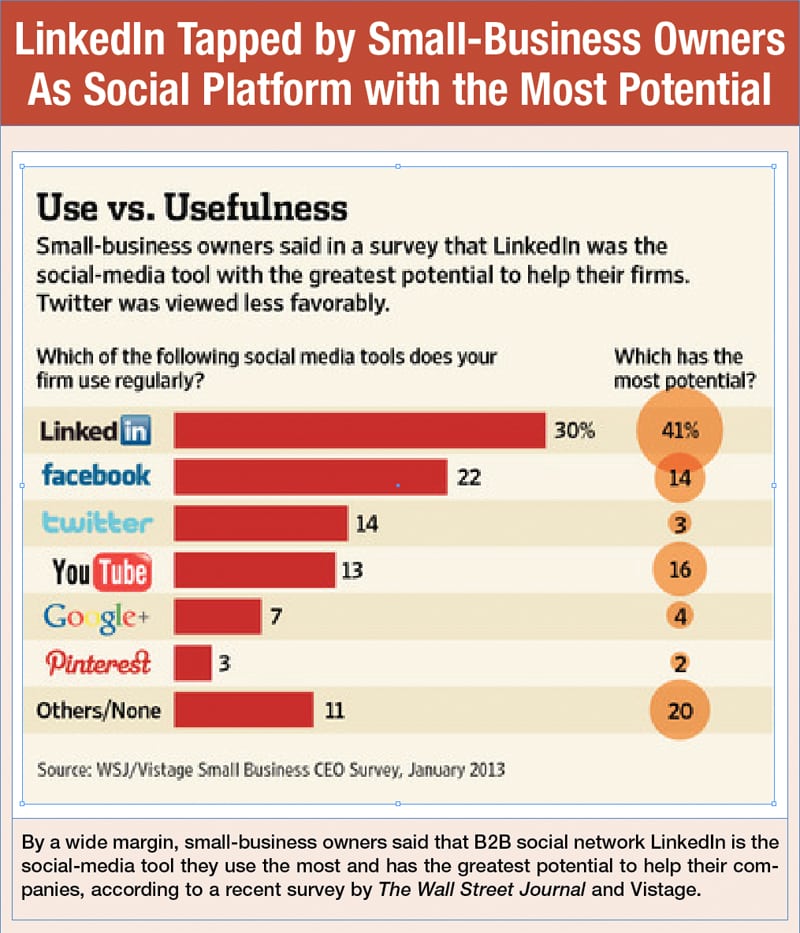 |
â–¶ Magazine Genres Linked to Media Consumption: To understand how readers of different types of magazines consume other media, USA TouchPoints looked at six genres of magazines—business/financial, computing/technology, fashion/beauty, food/cooking, parenting and travel—to determine where the differences in average daily reach of specific media stack up among readers of such publications.
The study compares those magazine genres versus computer, eBook, mobile, print, radio, tablet and TV platforms.
Although many of the findings show little variance among genres, not all readers are the same with respect to their broader media consumption.
Specific titles within categories will vary, of course, but as an indicator of how readers of different types of magazines also consume other media, this analysis provides an interesting comparative overview:
• In terms of the daily average reach of readers, computing/technology magazines lead the way across every medium with the single exception of TV—where they finish in last place.
• Readers of parenting magazines deliver well against computer, eBook, print and TV platforms—where they take second place in terms of average daily reach—and radio, where they also are in second place.
• Readers of travel magazines deliver the best reach on TV and deliver the second-best reach on the tablet, and third in print.
• Beyond the individual reach for different types of magazines, there are significant differences between the category that delivers highest and lowest daily reach by medium. Sometimes that difference is more than 20%.
Source: USA TouchPoints
â–¶ Hashtags Working for Broadcast Shows: The simple practice of displaying an official program hashtag at the beginning of a television show can increase the social conversation by nearly two-thirds, according to a study by social analytics and monitoring company Brandwatch.
Analyzing five of the top U.S. and U.K. TV shows during 2012, Brandwatch found that viewers tweet about a particular program about 1,200% more when the show is airing and are twice as likely to use the official hashtag on broadcast day. Combined, the two statistics amount to a 63% greater likelihood that programs publicizing their official hashtags will become part of the online conversation. Other study findings include:
• Three shows—the U.K.’s “The Great British Bakeoff,” and U.S. shows “The Voice” and “The Biggest Loser” stand out by consistently engaging with their audiences before, during and after the programs aired via a clear use of their official hashtag.
• The study also breaks down leaders by category. “Glee,” in the U.S. is tops among dramas, while “BBC Question Time” in the U.K. leads factual programming. The U.S.’ “How I Met Your Mother” leads comedies, while the U.K.’s “Hollyoaks” is first in the soap opera category. For sports programming, the leaders were “Soccer AM” in the U.K. and ESPN’s “SportsCenter” (in the U.S.).
• Consumers are increasingly using multiple media simultaneously, particularly when watching television.
The use of hashtags parallel KPMG findings that 42% of U.S. consumers said they watch TV and access the Web via a laptop or PC at the same time. Another 17% said they watch TV while using a smartphone. A little more than a fifth (22%) said they were using these devices to access a social media site while watching TV.
• Among the most successful programs in the Brandwatch study, 83% use their official hashtag in most or all of the tweets they posted, and 61% regularly tweet during the broadcast to keep the conversation relevant.
PR pros should take note of these tactics, regardless of the media platform.
Sources: Brandwatch and KMPG
